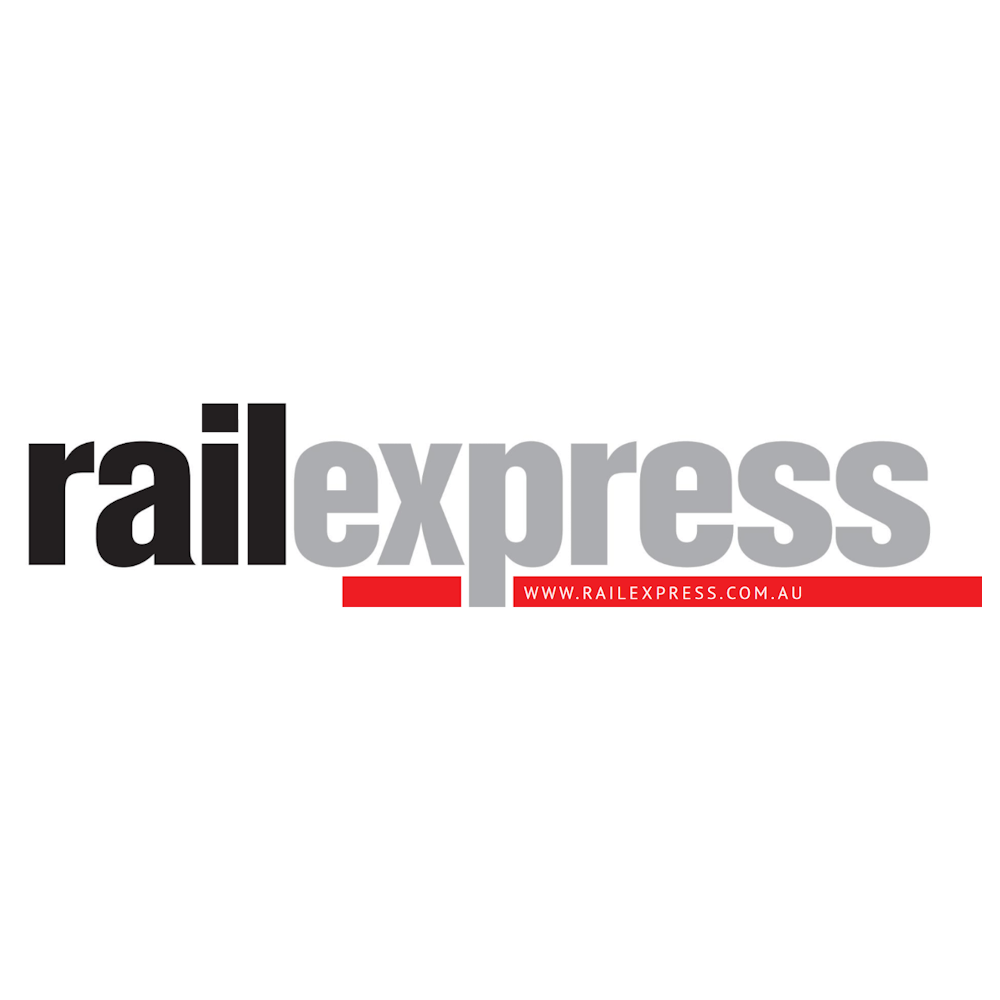Up to 740 jobs will be slashed by Aurizon over the next three years in a push to cut $300 million in costs and boost operational productivity.
Aurizon announced on Wednesday it wants a 4 to 7% reduction in operational costs over the next three years.
To do that, it will reduce its workforce by between 529 and 740 full time equivalent (FTE) roles (a reduction of 10 to 14%), remove as many as 45 locomotives and 698 wagons from its active fleet, and increase its locomotive availability by 2 to 3%.
While that’s going on, Aurizon says it will boost labour productivity by 20 to 25%, lift locomotive utilisation by 15 to 20%, and raise wagon utilisation by 12 to 15%.
At the same time, the operator aims to improve fuel efficiency by 7 to 10%.
A slide from Aurizon’s investor presentation. Graphic: Aurizon.
Aurizon’s executive vice president of operations Mike Franczak told investors on Wednesday the company was able to make these ambitious targets due to new technology, and the enterprise agreements signed with staff this year.
“The enterprise agreements grandfathered to Aurizon at IPO were not competitive and did not support transformation,” Franczak said in his presentation. Aurizon became a publicly-listed company when it was spun off from Queensland Rail and floated in an initial public offering (IPO) by the Queensland Government in July 2010.
The three new enterprise agreements signed by Aurizon and its staff this year will allow the company to make the staff cuts it has projected, and reduce the ability of unions “to delay critical change initiatives”, Franczak explained.
A number of measures in the enterprise agreement signed with train crew and transport operators, in particular, are projected to help productivity targets.
Roster planning changes allowed for a 5 to 10% increase in crew and driver availability, resulting in a reduction of staff required by 65 FTEs. The changes also allow for a 3 to 6% uplift in footplate – the time on a shift crews spend actually driving trains.
Franczak also pointed out the operations contract changes could result in an up to 10% improvement in absenteeism, a 15 to 20% reduction in overtime costs, along with other productivity gains.
Further cost cutting and productivity gains would be found in Aurizon’s rollingstock engineering and maintenance operations.
The closure and consolidation of surplus depots could eliminate “surplus headcount,” while the use of electronic rollingstock examination capability to enable predictive, condition-based maintenance would also improve efficiency, Franczak explained.
“Wayside condition monitoring is an example of our maintenance transformation,” he said.
Aurizon’s share stayed roughly stable on Wednesday, when the presentation was made; it opened at $5.15 a share and closed at $5.13, down 0.4%.



